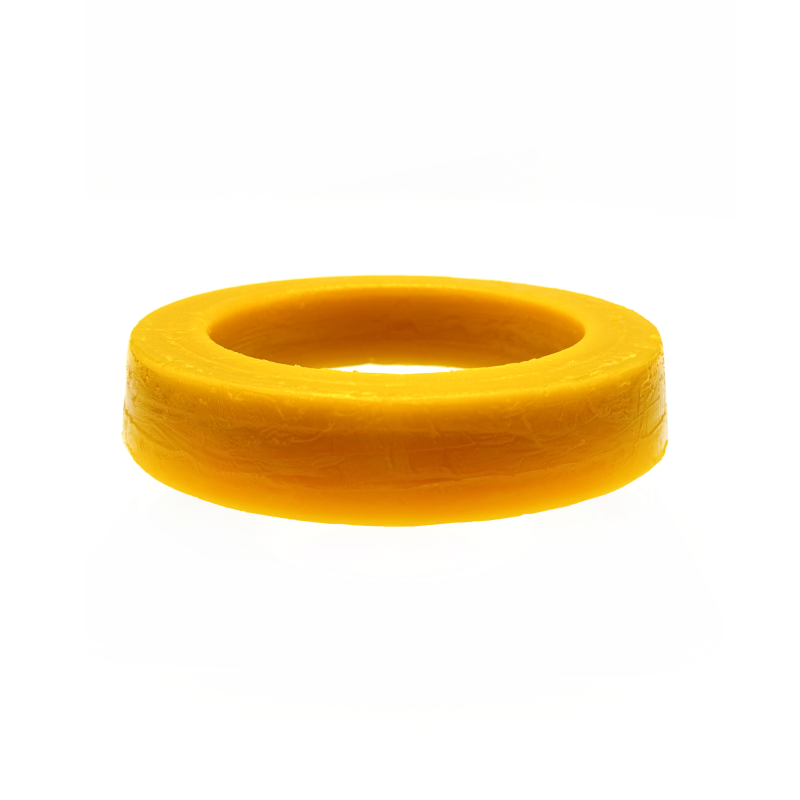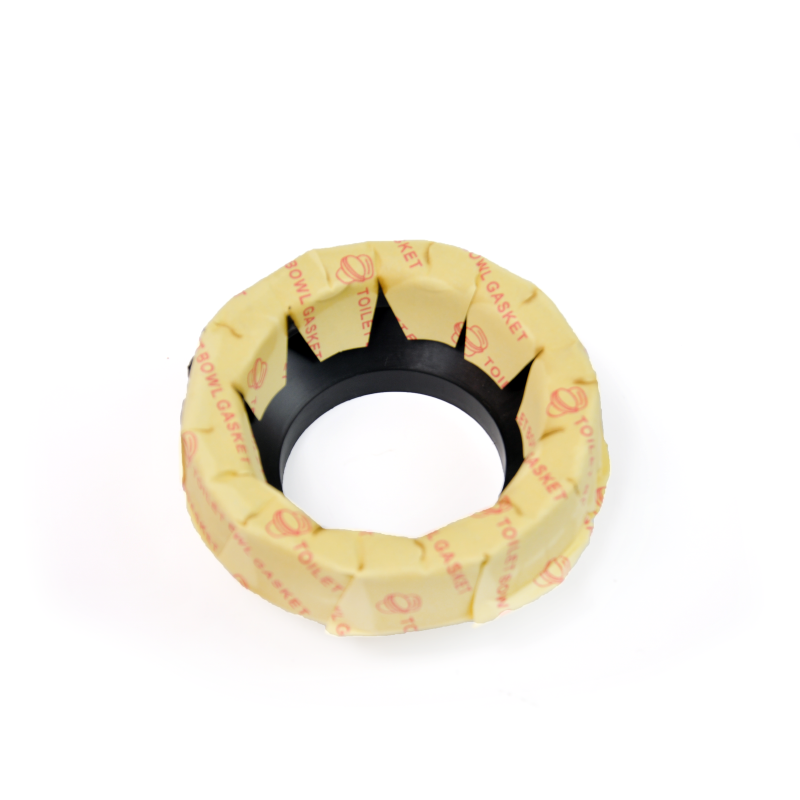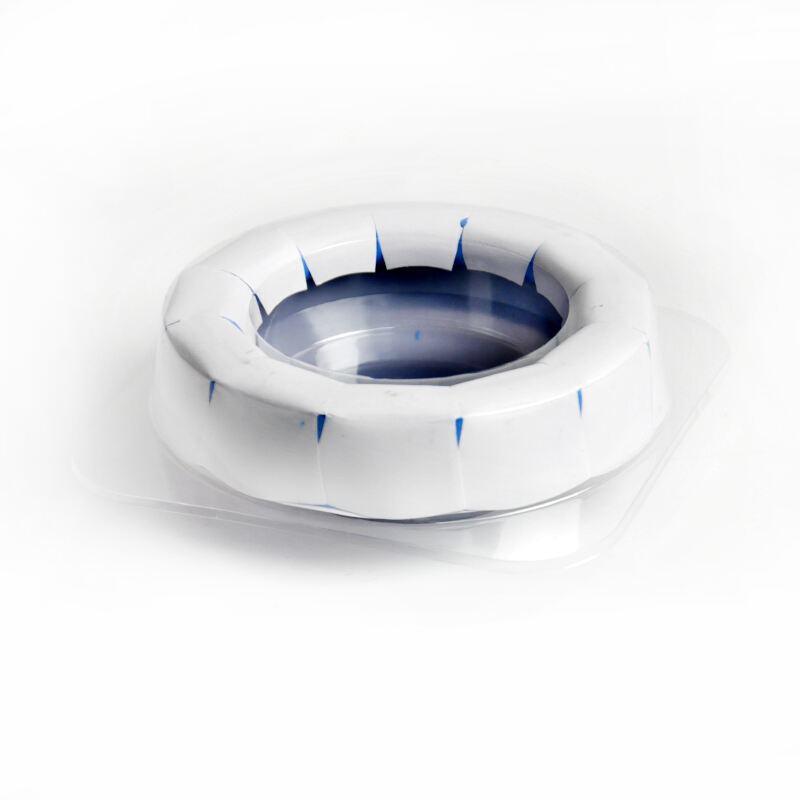A toilet wax gasket is a fundamental plumbing component designed to create a watertight and gas tight seal between the toilet bowl and the floor flange, preventing water leakage, sewer gas emissions, and odor infiltration. Composed primarily of a blend of petroleum based waxes, microcrystalline waxes, and reinforcing materials like fiber mesh or a plastic core, this gasket leverages the malleability of wax to conform to the irregular surfaces of both the toilet base and flange, creating a custom seal that rigid materials cannot achieve. The wax mixture is formulated to strike a balance between flexibility and firmness: soft enough to compress when the toilet is installed, filling even micro gaps, yet rigid enough to maintain its shape under the weight of the fixture and resist extrusion into the drain pipe. Toilet wax gaskets typically feature a central horn or sleeve that extends into the drain opening, enhancing the seal at the critical junction where the toilet’s outlet meets the drain pipe. This horn prevents wax from entering the plumbing system during installation, which could cause clogs, while providing an additional barrier against leaks. Some gaskets include a plastic or metal ring around the perimeter to provide structural support, ensuring even compression and preventing uneven sealing. Installation of a toilet wax gasket requires careful positioning: the gasket is centered on the flange with the horn facing upward, and the toilet is lowered straight down onto it to compress the wax uniformly. Rocking or twisting the toilet during installation can displace the wax and create gaps in the seal, leading to leaks. Tightening the toilet bolts gradually and evenly secures the fixture in place while maintaining proper compression of the gasket. Toilet wax gaskets are compatible with most standard toilet models and flange materials, including PVC, cast iron, and brass, making them a versatile choice for both residential and commercial installations. They perform well in various environmental conditions, resisting degradation from water, humidity, and common bathroom cleaning chemicals. While modern alternatives like rubber gaskets exist, wax gaskets remain popular due to their reliability, cost effectiveness, and ease of installation. With a typical lifespan of 5 to 10 years, depending on usage and conditions, toilet wax gaskets play a crucial role in maintaining the functionality and hygiene of bathroom plumbing systems. Regular inspection for signs of wear, such as leaks around the toilet base or unpleasant odors, ensures timely replacement before significant damage occurs.




